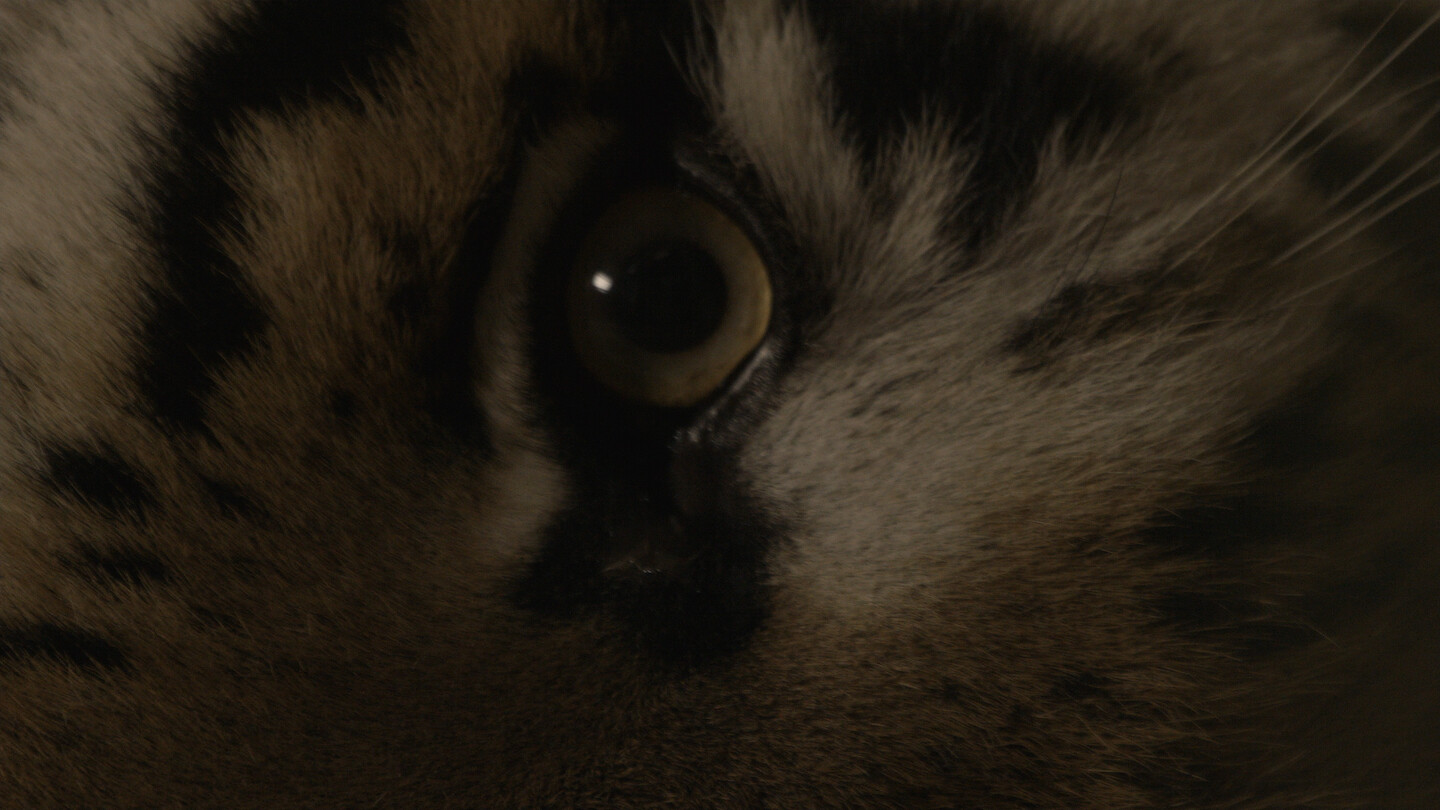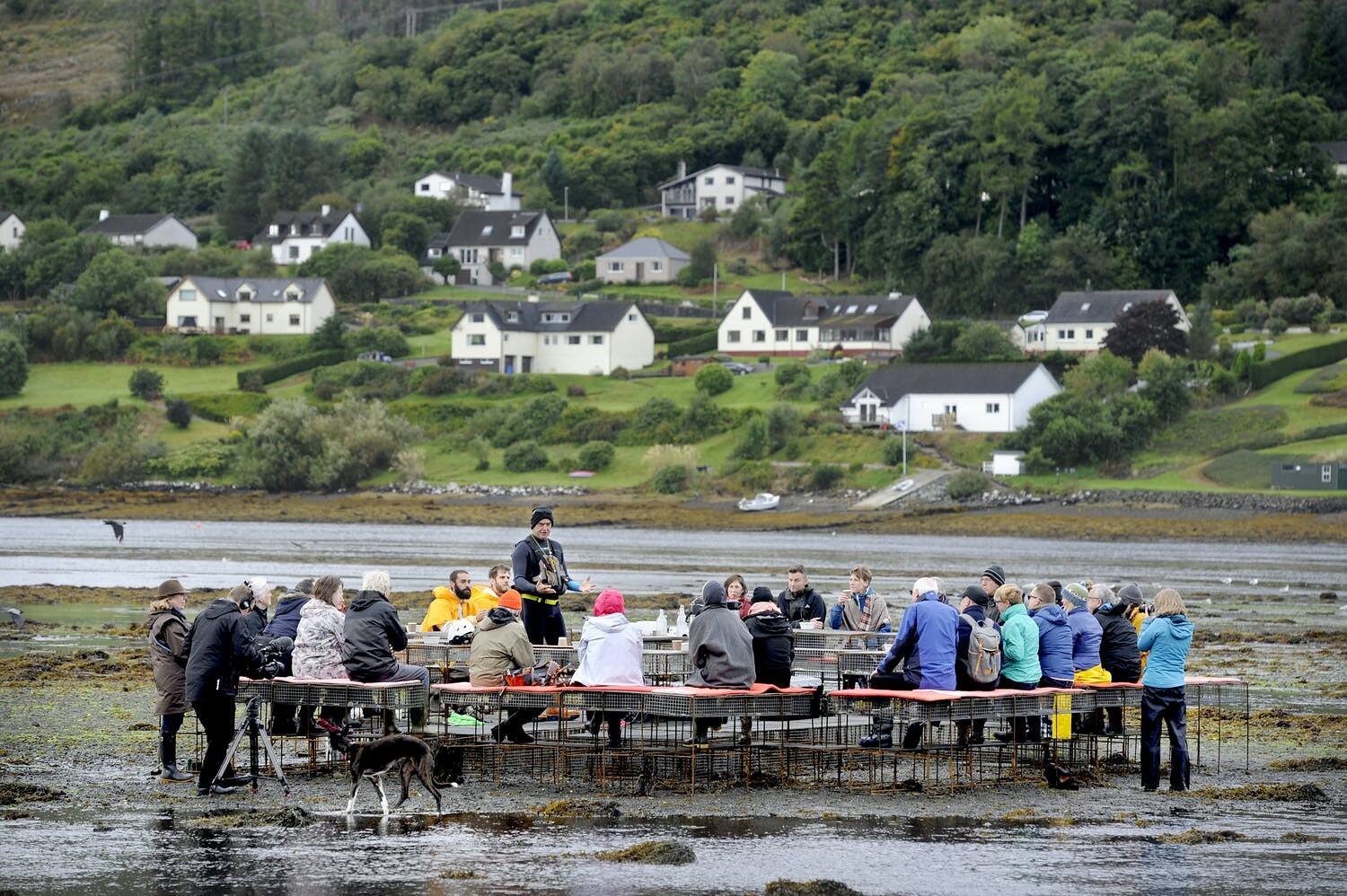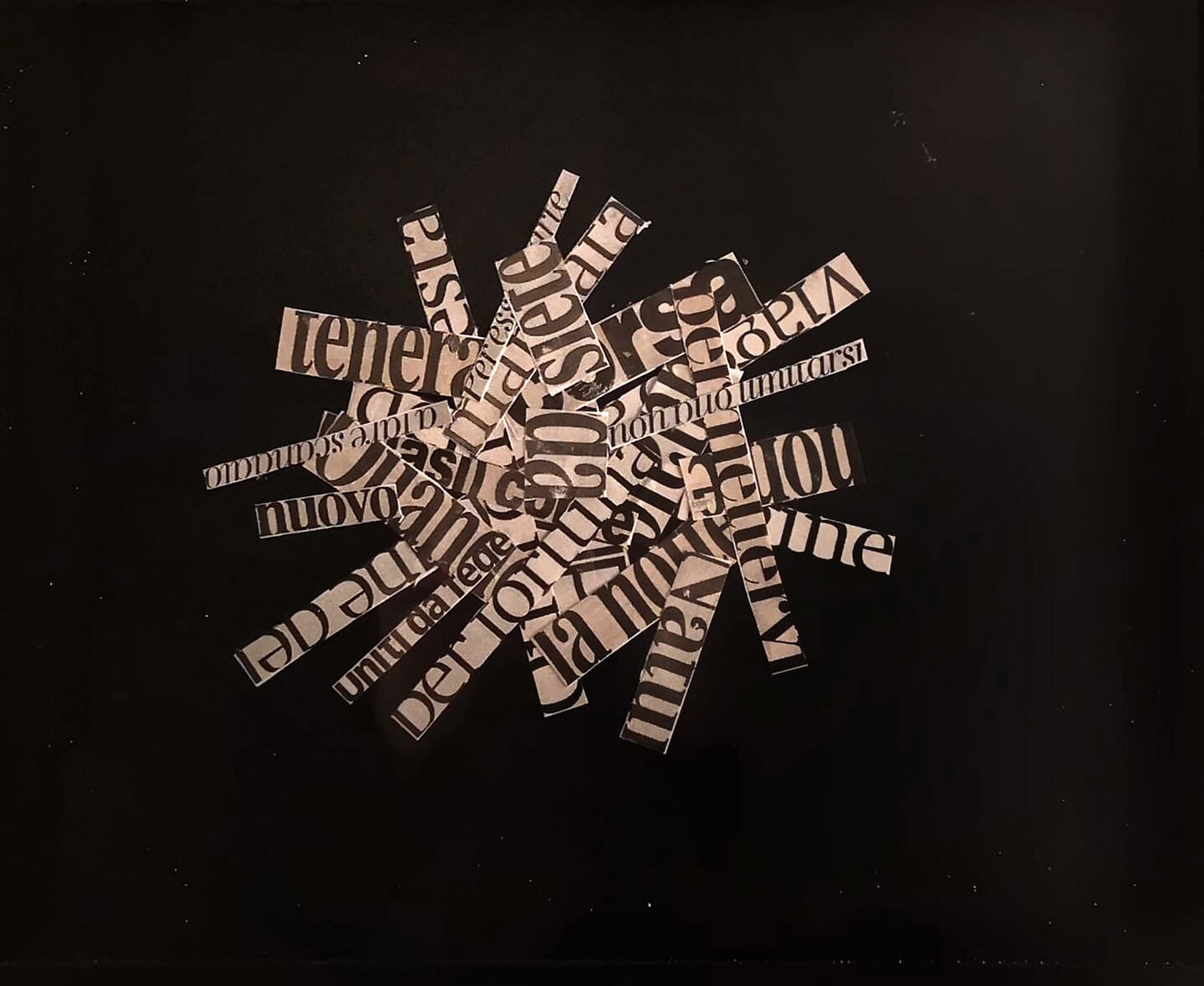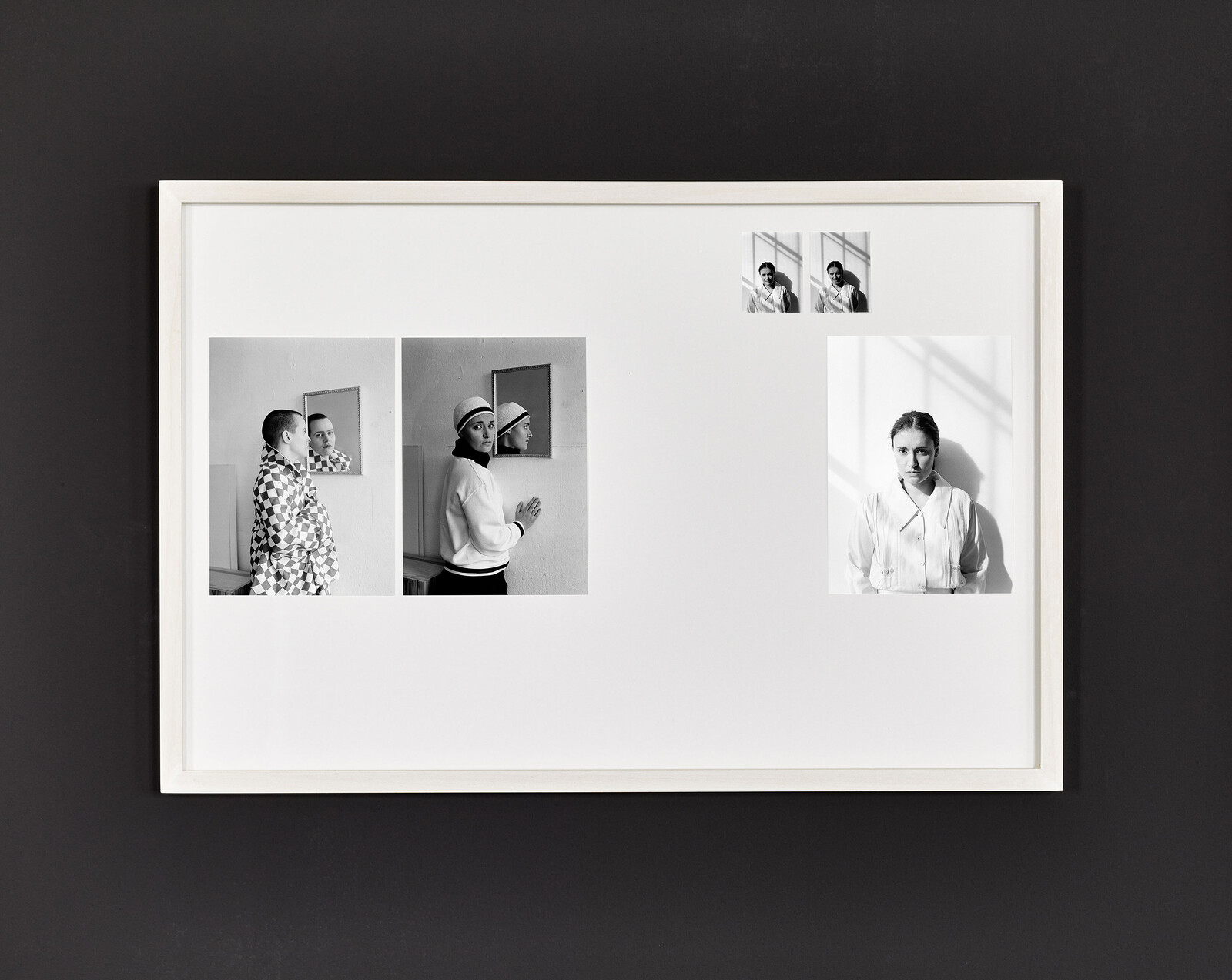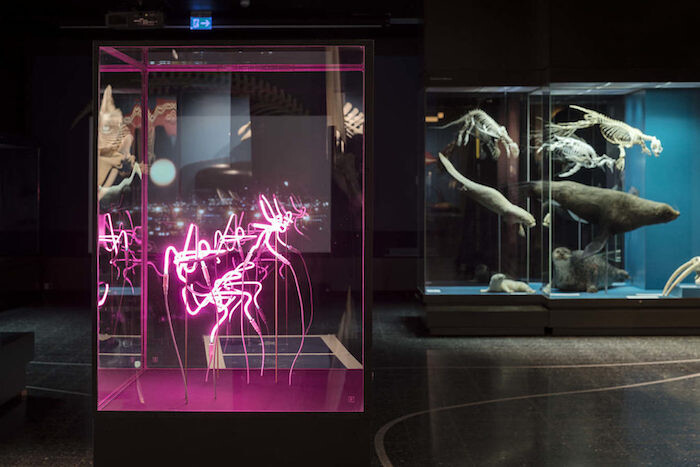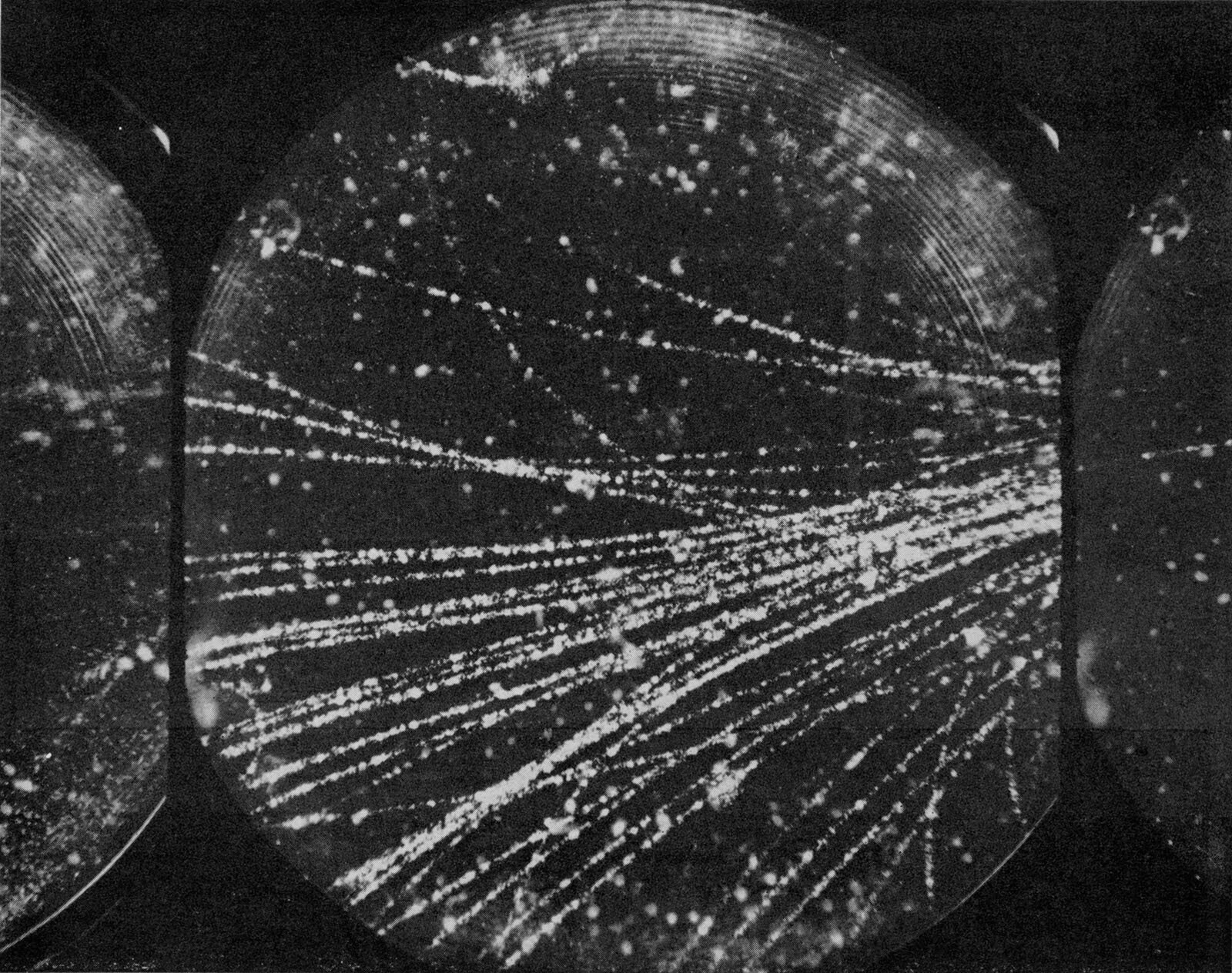Today I present a different figure, something like the unborn child’s bizarro cousin who is both real and unreal at the same time—the figure of a human life never even conceived. I call it the never-born. It exists but only in the minds of the already born and possesses no material manifestation whatsoever. No sperm hooking up with egg, no embryo, no fetus, no natal development, no forty weeks, no moment of birth, no child to care for, no adult in the making, no mortality to face.
This is precisely what anti-natalism cannot grasp, or perhaps does not want to know. It does not see that pessimism is the fixed point around which its own enjoyment circulates. What singularizes the anti-natalist, what provides them with a specific way of going on, just is the view that the best is not to be born and that our ethical purpose now is to bring about the extinction of the species by refusing to procreate. This is a life that sets itself against life, that carries death at its very core; but it is a life, nevertheless.
Forty years ago, I remember shouting, “No future! No future!” with some young British musicians. I thought it was the provocation of an unlikely avant-garde. Now, everybody thinks that the future is over; now, the sentiment aligns with a conformist position held by most of humankind. “No future” has become common sense, and this is why cynicism is expanding in contemporary culture, in contemporary political behavior. Futurism was the expression of a society that expected something from the future, and of a society that truly felt the warmth of community, whether encapsulated in the nation, the family, or social ties to working communities. All the above was the reality of lived experience a hundred years ago. No more! Today, the nation is a nonexistent thing. The dissolution of the nation is an effect of the pervasive digitalization of information and of power based on information. Do you think that Google belongs to the United States? Not at all. The United States belongs to the territory of Google. So does Italy, and France, and so on.
Environmental collapse, global civil war, nuclear proliferation, and epidemics of panic and depression are steps towards extinction. But this is not the end of the world, since abstraction has created a world of its own, subsuming social language and prescribing the social forms of interaction.
We have images of devastation, but these images, mostly found on news and social media sites, don’t, can’t, show the devastation of images wrought by such apocalypses: burning aesthetics. Welcome to the Pyrocene, the geological age of fire, matched by the overwhelming affects of fear and dread, and complicated by the very incomprehensibility of responsibility. We’re dealing with the unstoppable spread of chain reactions of material oxidation, releasing more carbon dioxide that causes further warming and droughts and that prepares more ground for fires, all sparked by the depersonalized, historically agglomerative networked agency of the petrocapitalist political economy—that ultimately burns itself. The power of this socio-climatic event ultimately negates the safe separation between traumatic experience and investigative security, between present emergency and forensic aftermath. Its threat is that there will be no aftermath.
Conversations with today’s most compelling living and resurrected artists and thinkers address the contemporary relevance of Russian cosmism and biocosmism.
Love’s Remedies
Alena J. Williams
e-flux journal editors
Kiki de Mouilpied Sancto
Cristina Parreño Alonso






